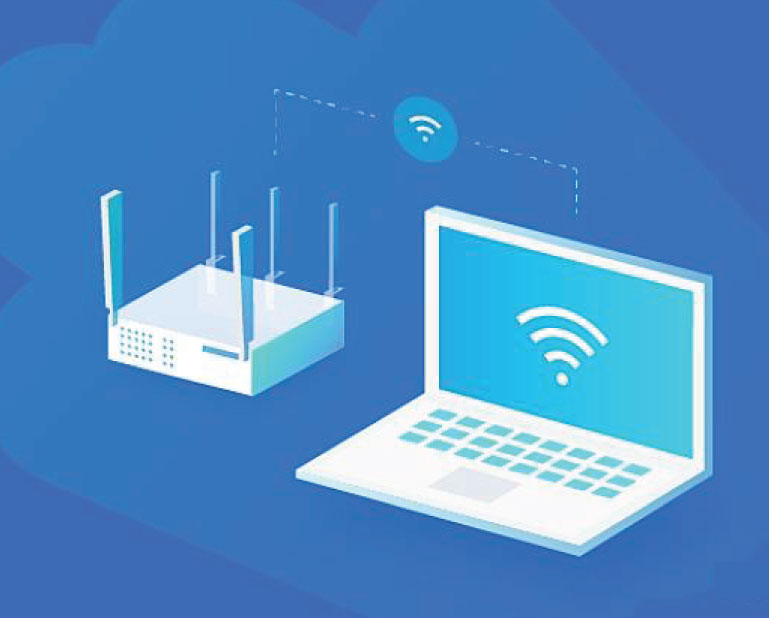In today’s digital world, routers have become an essential part of our lives. They are the backbone of the internet and allow us to connect all our devices to the web. However, as convenient as they are, they can also be a significant risk to our security. Cybercriminals are continually finding new ways to hack into our devices and steal our personal information. Therefore, it is essential to take the necessary steps to protect our routers from unauthorized access. In this article, we will discuss some of the ways to boost your router’s security and keep your personal information safe.
Change your default login credentials
One of the easiest ways for a hacker to access your router is through the default login credentials. Most routers come with a default username and password, which is often printed on the device itself or included in the user manual. It is crucial to change these login credentials to a unique username and a strong password that includes a mix of upper and lower case letters, numbers, and symbols. By doing so, you are making it harder for cybercriminals to access your router.
Update your router’s firmware:
Router manufacturers frequently release firmware updates to fix security vulnerabilities and improve the device’s performance. It is essential to keep your router’s firmware up to date by regularly checking for updates on the manufacturer’s website or through the router’s web interface. Outdated firmware can leave your router vulnerable to cyberattacks, so it is crucial to update it as soon as possible.
Enable WPA2 encryption:
WPA2 encryption is the most secure way to protect your wireless network. It encrypts the data that is transmitted between your devices and the router, making it more challenging for cyber criminals to intercept and steal your information. WPA2 encryption is usually enabled by default on most routers, but it is always a good idea to double-check that it is turned on.
Disable remote management:
Remote management allows you to manage your router’s settings from a remote location. While this feature can be convenient, it can also be a significant security risk. If a hacker gains access to your router’s remote management feature, they can change your router’s settings and gain access to your network. It is essential to disable remote management unless you need it.
Set up a guest network:
If you have visitors who need to connect to your network, it is a good idea to set up a guest network. A guest network is a separate network that allows your guests to access the internet without giving them access to your primary network. This way, if your guests’ devices are infected with malware or viruses, they will not be able to infect your primary network.
Enable a firewall:
Most routers come with a built-in firewall that provides an extra layer of security by blocking unauthorized access to your network. Make sure that your router’s firewall is enabled and configured properly to protect your network.
Disable unused services:
Many routers come with additional services, such as file sharing or remote access, that you may not use. These services can be potential security risks, so it’s best to disable them if you don’t need them.
Monitor your network:
Keep an eye on the devices that are connected to your network and be on the lookout for any suspicious activity. You can use your router’s web interface to view the devices that are connected to your network and check for any unfamiliar devices or IP addresses.

At Zifilink, we understand the importance of internet security, and that is why we have designed our internet aggregator devices with security in mind. Our devices use advanced encryption protocols to protect your network and devices from cyberattacks. Additionally, our devices are designed to be easy to set up and manage, so you do not have to be a tech expert to keep your network secure. With Zifilink, you can rest assured that your network and personal information are protected from cyber threats.
One tip that Zifilink recommends is to enable network monitoring tools. Network monitoring tools allow you to keep track of your network’s activity and detect any unusual behavior, such as a sudden spike in traffic or unauthorized access attempts. By using these tools, you can quickly identify and respond to potential security threats before they can cause any harm. Some routers come with built-in monitoring tools, or you can use third-party software for this purpose. Regardless of which tool you use, make sure to set up alerts so that you are notified of any suspicious activity immediately.
Remember, securing your router is essential to protect your personal information from cybercriminals. By following the steps outlined in this article, you can significantly reduce the risk of your router being hacked. Additionally, investing in a secure internet aggregator device like Zifilink can provide an additional layer of security for your network. Remember, the best defense against cyberattacks is to stay informed and take proactive measures to keep your network secure. Contact us today to learn more about how our devices can enhance the security of your network.
Happy browsing!




About The Author: Deepak
More posts by Deepak